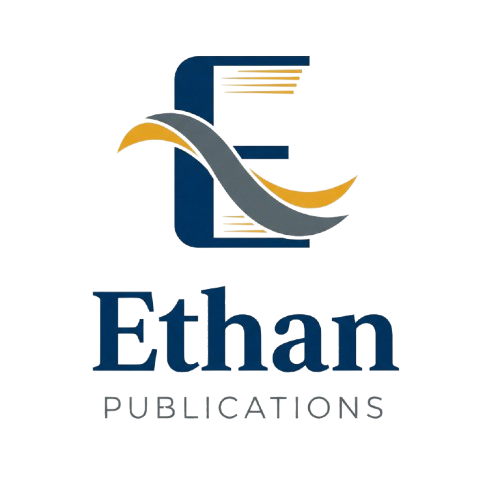INSTRUCTIONAL DESIGN OF TRIGONOMETRIC FUNCTIONS IN HIGH SCHOOL UNDER THE THEORY OF DEEP LEARNING
Authors: Funmi Tolulope Adeyemi
DOI: 10.5281/zenodo.17226832
Published: April 2024
Abstract
<p>Deep learning is a learning method that emphasizes the active participation and development of critical thinking by students. Compared with shallow learning, deep learning emphasizes the deep processing of knowledge by students, actively constructs knowledge to form knowledge structures and internalizes them, and can successfully extract and solve problems. This article studies the instructional design of functions from the perspective of deep learning, investigates the current situation of high school students learning trigonometric functions through a questionnaire survey, analyzes the problems that high school students have in learning trigonometric functions, and finds that students still have obvious shortcomings in knowledge understanding, critical thinking, knowledge integration, and transfer application. This article analyzes the reasons and countermeasures for the problems encountered in the investigation, and explains how to use deep learning theory to guide the instructional design of trigonometric functions.</p> <p> </p>
Full Text
No full text available
Cite this Article
References
- Hinton, G. E., & Salakhutdinov, R. R. (2006). Reducing the dimensionality of data with neural networks. Science, 313(5786), 504–507. https://doi.org/10.1126/science.1127647
- Marton, F., & Säljö, R. (1976). On qualitative differences in learning: I—Outcome and process. British Journal of Educational Psychology, 46(1), 4–11. https://doi.org/10.1111/j.2044-8279.1976.tb02980.x
- Li, J., & Li, Y. (2019). Current status and progress of foreign deep learning research: Analysis based on SSCI literature in WOS database. Digital Education, 5(5), 76–82.
- He, L., & Li, J. (2005). Promoting students' deep learning. Modern Teaching and Learning, (05), 29–30.
- Guo, H. (2016). Deep learning and its significance. Curriculum. Teaching Materials. Pedagogy, 36(11), 25–32.
- Fu, Y. (2017). A teaching paradigm for deep learning. Global Education Perspectives, 46(07), 47–56.
- Levin, O. (2024). Simulation as a pedagogical model for deep learning in teacher education. Teaching and Teacher Education, 143, 104571. https://doi.org/10.1016/j.tate.2024.104571
- Tyler, R. W. (2008). Fundamentals of curriculum and instruction (Chinese ed.). China Light Industry Press.
- Gu, X. (2022). Research on unit instructional design of junior high school mathematics based on deep learning [Master’s thesis, Shanghai Normal University].
- Liu, Y. (2021). Improving teaching and learning toward “deep learning”: Making learning happen. Elementary and Middle School Management, (5), 13–17.
- Ma, Y. (2018). Classroom change in the perspective of deep learning. Global Education Outlook, (10), 52–63.
- Zhong, Q. (2021). Deep learning. East China Normal University Press.
- Liu, J. (2023). Research on the theoretical framework and instructional design of deep learning. Journal of Nanchang Normal College, 44(6), 127–131.
- Zhao, Z., Wang, X., & Song, W. (2013). Research on the level of deep learning and related factors of college students in higher education: An analysis based on the academic survey of Ocean University of China. Educational Research and Experimentation, (1), 73–77.
- Wen, H. (2022). Research on high school trigonometry function teaching strategy based on deep learning [Master’s thesis, Jiangxi Normal University].
- Ministry of Education of the People's Republic of China. (2022). Mathematics curriculum standards for compulsory education (2022 ed.). Beijing Normal University Press.
